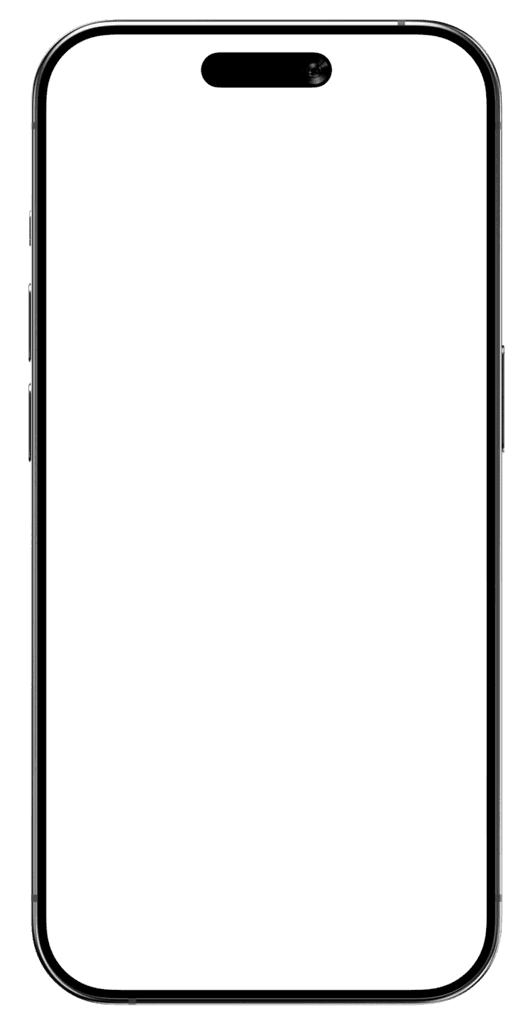


Complex Project!
Marketing Automation
Reducing manual work and improving conversion outcomes for thousands of operators
Product Architecture
Design Systems
User Research
Technical Project

Automation to drive conversions & sales
A customizable automation that engages new leads with emails, text, and calls—helping our users to convert faster and more consistently.
12% increased conversions
For our beta users
The system that powers the automation
Stages – Modular building blocks, each with actions & dependencies.
Timeline – Stages stack to define a lead journey.
Lead interaction – Emails, texts, calls triggered by timeline logic.











I expanded Tenant Inc.’s automation tool into a flexible marketing system that helps property managers streamline and personalize lead follow-ups. By applying systems thinking and atomic design, I crafted both the interface and logic behind a tool that solves real-world problems at scale.
Product
web
Skills
Product design
Systems design
User research
Design systems
Stakeholder management
My Rolle
Lead Designer
Simplifying Complexity For Effortless Use.
Industry Pain Points
Disconnected, manual, & loss in sale opportunities
Disconnected systems
Lead management and tasks weren’t integrated, causing workflow gaps.
Manual follow-ups
Outreach was repetitive and time-consuming.
No standardization
Inconsistent marketing led to inefficiencies and lost leads.
Bridging The Gap
The goal for our users is to deliver tailored content, personalized, emails, and targeted interactions to ensure each lead receives the right message at the righ time
I achieved this goal within my design process by:
1. Mapping the lead’s journey and identify key triggers.
2. Creating a flexible automation timeline with stages linked to actions and events.
3. Designing a seamless process from lead to customer.
Systems Design & Architecture
Designed to be highly flexible — capable of handling a wide range of use cases, dependencies, and branching logic.
The system has a modular structure that allows users to link stages and customize workflows to fit their unique lead strategies.
Create a stage
A modular block that containing specific actions—like sending an email, text, or call to a lead—triggered by defined conditions or timing.
Stage is ready
The stage is shown in an easy-to-read format where you can quickly see what will happen, when it’ll happen, and what messages or tasks are set to go out.
Timeline (Stacked stages)
This stacked timeline gives a view of the full sales funnel—showing exactly when emails, texts, and tasks are triggered to guide a lead toward conversion.

Branching Logic 1:
Linking to the main trigger & 1 stage to the previous action
Branching Logic 2:
Linear timeline - Linking to previous actions
Branching Logic 3:
Linking to multiple triggers within one timeline





Design System
Crafting a flexible timeline design system component
I applied the same logic from the automation system to design the timeline component using atomic principles, reflecting how actions stack and flow over time. The result is a structured, reusable component that scales across layouts and use cases, not just for marketing automation, but anywhere time and actions need to be visualized, even for future scenarios yet to be defined.
Dev Collaboration
I teamed up with the devs to explain the component’s purpose and how it should behave, keeping communication open so we could stay in sync and bring the design to life accurately.
Team Conflict
Stakeholder misalignment: The product team and a key stakeholder had fundamentally different visions for the automation system.
The team’s approach prioritized ease of use—keeping things simple so users wouldn’t feel overwhelmed. The goal was to let users build automations gradually, when needed.
The stakeholder’s vision focused on showcasing the system’s full power—surfacing all possible automation options upfront to highlight flexibility and control.
This created a tension between designing for clarity versus designing for completeness—each with real implications for usability and adoption.
As the designer, I focused on keeping users informed and engaged while maintaining a clear, purposeful tool. Their time should go toward refining the sales funnel—understanding what drives conversions—not deciphering every exposed setting. The goal shouldn’t be to showcase the system itself, but to help users stay focused on the outcomes their automations create.
Business Impacts
Leads
Ensures leads are nurtured instantly and consistently, boosting close rates.
Tasks
Removes repetitive tasks, freeing users to focus on high-touch or in-person work.
Consistency
Brings consistency across properties, improving band trust and reliability
Structure
The system introduces structure and data — making it easier to iterate and optimize the sales funnel.
Retention
Becomes a value-add that helps Tenant Inc. retain customers by helping them grown their business
Project Reflection
I gained a deeper understanding of product and UX architecture, which is the core of design work, especially in technically complex projects like this. My primary goal was to enable users to engage with their customers more efficiently and boost sales, without getting overwhelmed by a complex tool. By focusing on usability, I ensured that the product was easy to navigate while delivering powerful functionality. This balance between technical depth and user-centric design became a key takeaway for me in this project.










